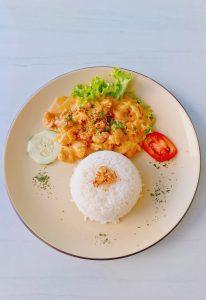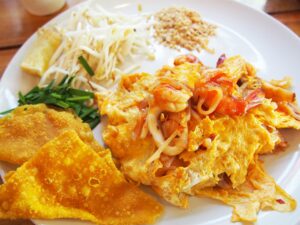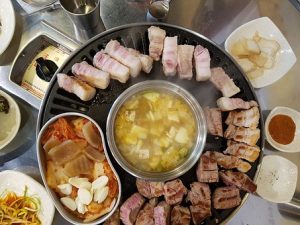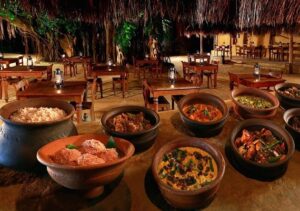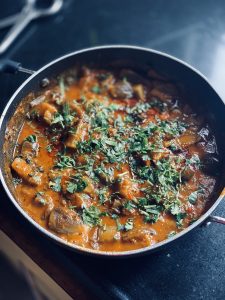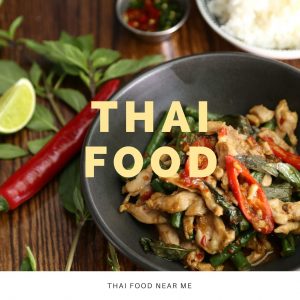Embarking on a Culinary Odyssey: Indonesian Restaurants
Blessed with an archipelago of over 17,000 islands, Indonesia boasts an equally impressive and diverse culinary repertoire. Indonesian restaurants offer a unique blend of flavors and techniques, heavily influenced by India, the Middle East, China, and Europe. These establishments are not just about dining; they’re immersive experiences, plunging visitors into the rich history and culture of Indonesian archipelago with every bite.
Indonesian Cuisine: A Symphony of Flavors
Rendang
Often celebrated as one of the most delicious dishes globally, Rendang is a slow-cooked dry curry deeply spiced and rich. Originating from the Minangkabau ethnic group of Sumatra, this dish, typically prepared with beef (or sometimes chicken), offers a harmonious blend of flavors in an Indonesian restaurant.
Nasi Goreng
Literally translating to “fried rice,” Nasi Goreng is often considered Indonesia’s national dish. Distinctly aromatic, this dish is stir-fried rice often served with a variety of accompaniments, from fresh prawns to seasoned chicken, and topped with a crispy fried egg.
Diving Deeper: Regional Specialties
Sate
Skewered and grilled to perfection, these meat sticks, often accompanied by peanut sauce, are a popular snack throughout the country. From chicken to lamb and even fish, the variations are as diverse as the islands themselves.
Ayam Betutu
A dish from Bali, this involves chicken that’s seasoned and marinated with a mixture of spices, then wrapped in banana leaves and roasted. It’s a must-try for those seeking the authentic flavors of Balinese cuisine.
Accompaniments: Enhancing Every Bite
Krupuk
These crispy crackers, made from a mixture of starch and other ingredients, serve as a crunchy side or snack in many Indonesian meals.
Sambal
No Indonesian meal is complete without this spicy chili paste. With countless regional variations, sambal adds a fiery kick to dishes.
Conclusion
Indonesian restaurants offer a journey through the vibrant flavors, spices, and cooking techniques of the archipelago. The cuisine’s diversity reflects the myriad cultures and traditions of the country. For those looking to embark on a gastronomic journey filled with rich, aromatic, and diverse dishes, Indonesian eateries promise a memorable adventure.
FAQs
1. Are Indonesian dishes very spicy?
While many Indonesian dishes are flavorful and can be spicy, the spice levels vary. Most restaurants can adjust the spice content to suit diners’ preferences.
2. What vegetarian options are available in Indonesian cuisine?
Dishes like Gado-Gado (vegetable salad with peanut sauce), Tempeh (fermented soybean cake), and Tahu (tofu) are popular vegetarian offerings.
3. Is it common to use coconut in Indonesian dishes?
Yes, coconut, in various forms like milk, shredded, or oil, is a staple in many Indonesian recipes, adding richness and depth to dishes.
4. What popular beverages pair well with Indonesian meals?
Es Teh (iced tea), Es Jeruk (iced orange juice), and Jamu (traditional herbal drink) are some beverages that complement Indonesian dishes.
5. Are there significant regional differences in Indonesian cuisine?
Absolutely. Given the archipelago’s vastness, regional specialties and flavors are influenced by local ingredients, culture, and historical trade.

